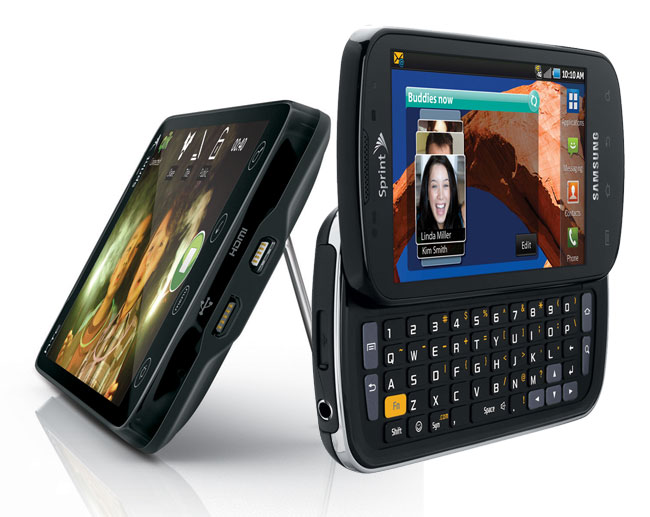
Market research company NPD is reporting that when it comes to consumer smartphone preference, the bigger the better. Tiny, sliver-sized phones have become a thing of the past and people are now willing to sacrifice space in favor of richer, larger, fully-featured media experiences.
According to NPD’s claims, the demand for phones with displays ranging between 3.5 and 3.9 inches have leveled out, but consumer interest in those with 4-inch screens or larger is on the rise and besting its smaller competitors. In its press release, NPD points to devices like the Samsung Galaxy S, HTC Evo 4G, and Motorola Droid X as just a sampling of the smartphones that were able to grab 24-percent market share. Analysis also shows that “the market share of smartphones with screens smaller than 3.4 inches declined from 63 percent in Q4 2009 to just 36 percent of the smartphone market in Q4 2010.”
NPD also reported that the bestselling large display devices were the Evo 4G, the Droid X, the Fascinate, the Captivate, and the Vibrant. And apparently, while men are more likely to spring for the larger screens (their pants have much larger pockets, we’d like to point out), woman are taking up with the trend as well. Over the last year, women went from being responsible for 30 to 40 percent of supersized smartphone sales.
With app development becoming increasingly innovative, data storage expanding, and resolution improvements on the rise, the devices are obviously so much more than phones – so it makes sense to slap a 4-inch display on them. Get much larger than that, though, and you’re looking at a tablet. Maybe we’re heading for a future in which consumers forsake smartphones altogether in favor of 7-inch tablets! Steve Jobs would be kicking himself.


